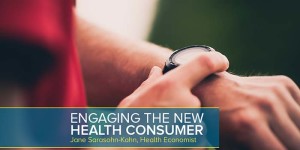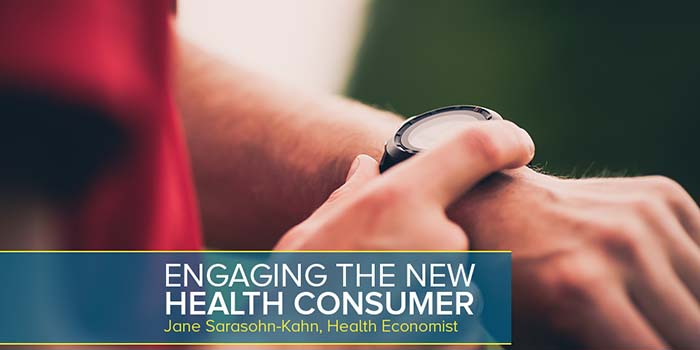 People – patients, caregivers, health consumers all – have begun to use the digital tools they use in daily life for booking taxis, managing money, seeking information — for their health. This is the growing adoption of Personal Health IT (PHIT), and it’s a growing aspect of the annual HIMSS Conference that the planet’s health IT folk will attend from 29th February until 4th March in Las Vegas.
People – patients, caregivers, health consumers all – have begun to use the digital tools they use in daily life for booking taxis, managing money, seeking information — for their health. This is the growing adoption of Personal Health IT (PHIT), and it’s a growing aspect of the annual HIMSS Conference that the planet’s health IT folk will attend from 29th February until 4th March in Las Vegas.
I talk about the phenomenon of PHIT and #HIMSS16 in The State of Health IT to Engage the New Health Consumer, a summary of the driving forces of the trend and opportunities to learn more about PHIT at HIMSS, on the ground.
And if you are indeed on the ground in Vegas at HIMSS, please attend Jan Oldenburg’s and my session, Having It All: Telehealth Solutions that Enhance Existing Doctor/Patient Relationships. We’re going broad and deep on the definition of “telehealth,” from evidence-based examples of email between patients and doctors through to mental health Skype-type visits (HIPAA-secure) and telehealth from the grocery store and retail pharmacy kiosk. (That’s Session 130 on Wednesday 2nd March, 1130 am, in the Sands Expo Convention Center, Marcello 4404).
For more about the growing role of health consumers becoming info-mated, see these posts on Health Populi, and two on the HIMSS website:
In Health Populi…
Homo informaticus – the global digital consumer
The Health Information Economy – Better with Patients
More Consumers Expect a Connected Health Experience
People In Consumer-Directed Health Plans Are Getting – Surprise! – More Consumer-Directed
On the HIMSS website…
The New Healthcare Consumer – Homo Informaticus Meets Health
Using Personal Health IT (PHIT) to Transform Healthcare
Health Populi’s Hot Points: There can be no effective consumer-driven health care without consumers driving themselves in the health/care ecosystem. To be effective health consumers, people need to be literate in ways well beyond understanding a prescription label. It means being health plan literate, knowing how to use the Internet to seek and understand health information about conditions and procedures, and efficiently handling the administrative tasks of schedule appointments and the planning for the financial implications of your own health care services. That’s a lot of personal workflow, and digital tools can help support people in their morphing into health consumers.
Too many of these digital tools aren’t yet ready for prime time adoption by mainstream people who aren’t yet quantifying themselves on an ongoing basis. My upcoming paper from the California HealthCare Foundation, Digitizing the Safety Net: Health Tech Opportunities for the Underserved gets to the root of the challenges for health-digitizing “the rest of us.” That paper will be published online next week…and I’ll link it here when it’s available for download. The key learning: let’s scale what works, which might be simple stuff — but when scaled, it will be a beautiful thing, empowering people for self-care, better outcomes, health confidence, and in aggregate, healthier communities.
The ultimate outcome: using the right Personal Health IT can effectively drive personal health — but also public health at scale.





 Interviewed live on BNN Bloomberg (Canada) on the market for GLP-1 drugs for weight loss and their impact on both the health care system and consumer goods and services -- notably, food, nutrition, retail health, gyms, and other sectors.
Interviewed live on BNN Bloomberg (Canada) on the market for GLP-1 drugs for weight loss and their impact on both the health care system and consumer goods and services -- notably, food, nutrition, retail health, gyms, and other sectors. Thank you, Feedspot, for
Thank you, Feedspot, for  As you may know, I have been splitting work- and living-time between the U.S. and the E.U., most recently living in and working from Brussels. In the month of September 2024, I'll be splitting time between London and other parts of the U.K., and Italy where I'll be working with clients on consumer health, self-care and home care focused on food-as-medicine, digital health, business and scenario planning for the future...
As you may know, I have been splitting work- and living-time between the U.S. and the E.U., most recently living in and working from Brussels. In the month of September 2024, I'll be splitting time between London and other parts of the U.K., and Italy where I'll be working with clients on consumer health, self-care and home care focused on food-as-medicine, digital health, business and scenario planning for the future...